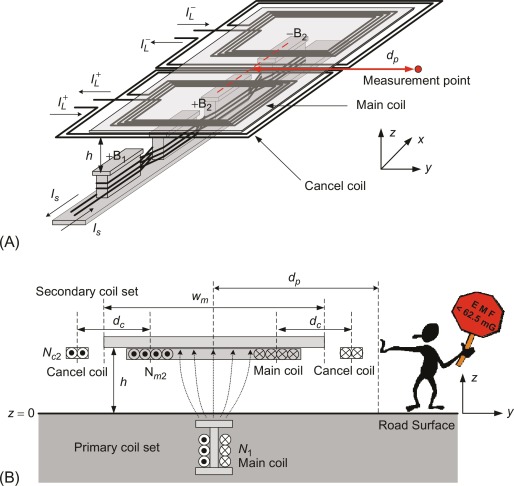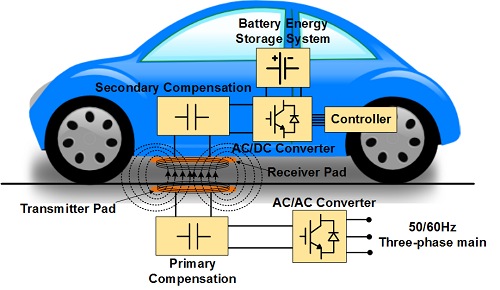I have been speculating about this for years. MI has announced that they have contracted a firm to build an energized roadway that will charge EVs parked or riding on the roadways.
This is an Israeli firm ElectReon currently doing projects in Israel, Sweden, Germany, and Italy.
Apparently they use inductive coils buried under the road surface. Of course cars will need to be capable of charging that way.
It seems this technology makes sense for business parking lots, or even garage floors.
JR
This is an Israeli firm ElectReon currently doing projects in Israel, Sweden, Germany, and Italy.
Apparently they use inductive coils buried under the road surface. Of course cars will need to be capable of charging that way.
It seems this technology makes sense for business parking lots, or even garage floors.
JR














![Electronics Soldering Iron Kit, [Upgraded] Soldering Iron 110V 90W LCD Digital Portable Soldering Kit 180-480℃(356-896℉), Welding Tool with ON/OFF Switch, Auto-sleep, Thermostatic Design](https://m.media-amazon.com/images/I/41gRDnlyfJS._SL500_.jpg)



















